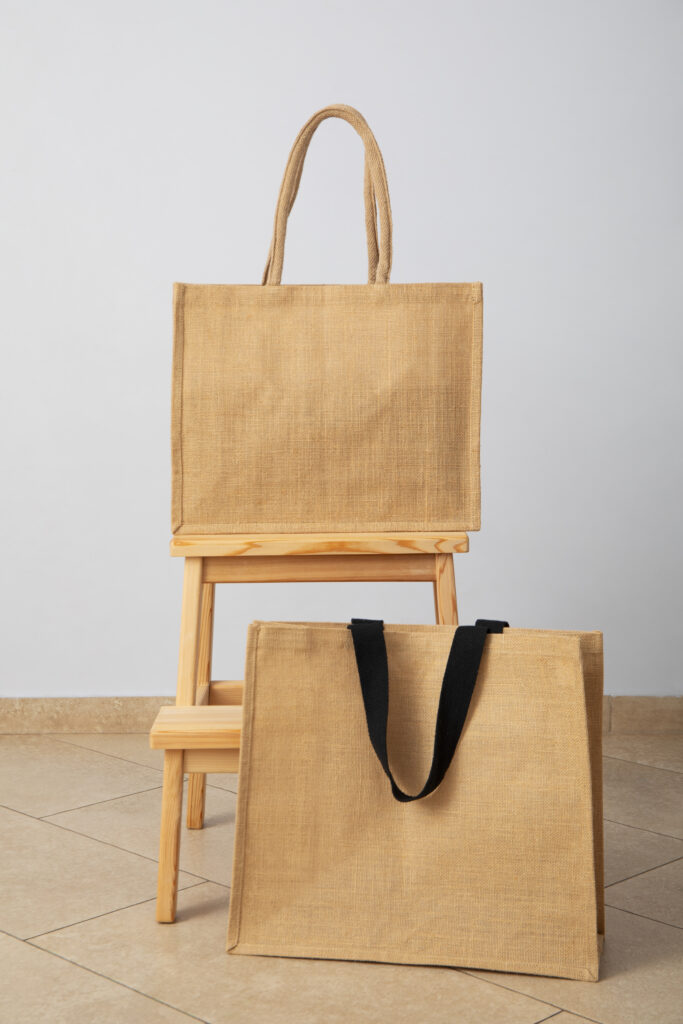In recent years, the fashion industry has been undergoing a significant shift towards sustainability, and one of the materials that has been gaining attention for its eco-friendly properties is hemp fabric. This blog will explore the rise of hemp fabric in sustainable fashion, its benefits, and its impact on the environment.
Understanding Hemp Fabric
Hemp fabric is derived from the fibers of the hemp plant, known scientifically as Cannabis sativa. Unlike its close relative, marijuana, hemp contains very low levels of THC, the psychoactive compound that produces the “high” effect. Hemp has been cultivated for thousands of years for various purposes, including the production of textiles.
Benefits of Hemp Fabric
- Sustainability: Hemp is considered one of the most sustainable crops due to its low environmental impact. It requires minimal water, pesticides, and synthetic fertilizers to grow, making it an eco-friendly choice for fabric production.
- Durability: Hemp fabric is known for its durability and long lifespan. It is significantly stronger than other natural fibers, such as cotton, and becomes softer with each wash while retaining its shape and quality.
- Breathability: The natural properties of hemp fibers make the fabric highly breathable, making it ideal for clothing, especially in warm or humid climates.
- Biodegradability: At the end of its life cycle, hemp fabric is fully biodegradable, unlike synthetic materials, contributing to a circular and regenerative fashion economy.
Hemp Fabric in Fashion
Clothing
Hemp fabric is being increasingly used in the fashion industry to create a wide range of clothing items, including shirts, pants, dresses, and even accessories such as hats and bags. Its versatility and durability make it a popular choice for sustainable and ethical fashion brands.
High Fashion
Notably, hemp fabric has made its way into high fashion, with renowned designers incorporating it into their collections. Its rustic yet luxurious appeal has attracted attention from fashion houses looking to embrace sustainable and eco-conscious practices.
Activewear and Athleisure
The breathability and antimicrobial properties of hemp fabric make it a suitable material for activewear and athleisure clothing. Its ability to wick moisture away from the skin and resist odors has positioned it as a preferred choice for eco-friendly sportswear.
Environmental Impact
The production of hemp fabric has a significantly lower environmental impact compared to conventional cotton or synthetic fibers. Its cultivation improves soil health, requires less water, and reduces the use of harmful chemicals, thus contributing to a more sustainable and regenerative agricultural system.
In conclusion, hemp fabric is playing a pivotal role in the shift towards sustainable and environmentally conscious fashion. Its versatility, durability, and low environmental footprint make it a compelling choice for both consumers and fashion industry stakeholders looking to embrace ethical and eco-friendly practices.
As awareness of the environmental and social impact of fashion continues to grow, the demand for hemp fabric is expected to rise, further propelling the shift towards a more sustainable and circular fashion economy.
If you have further questions or need more information, feel free to ask!








